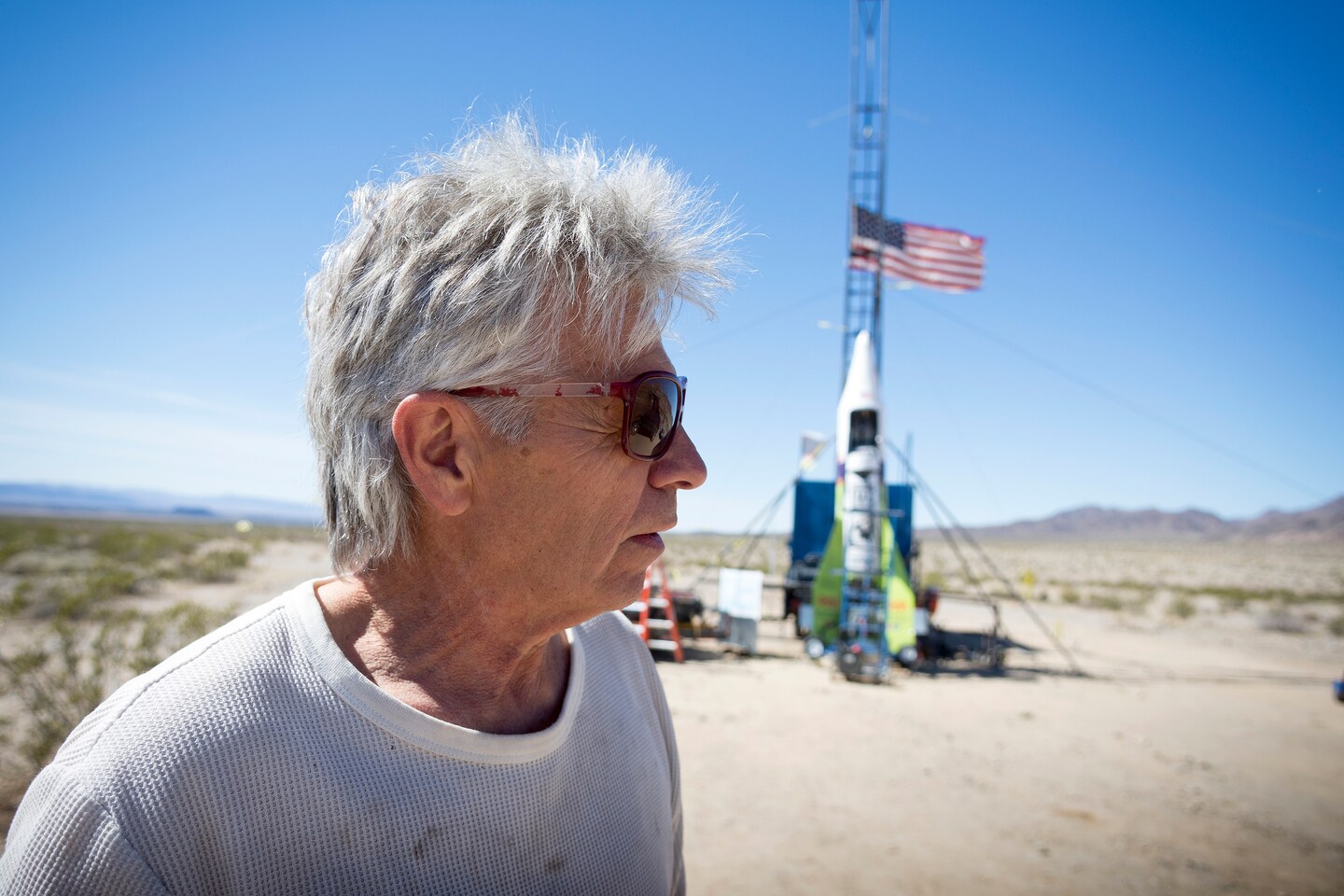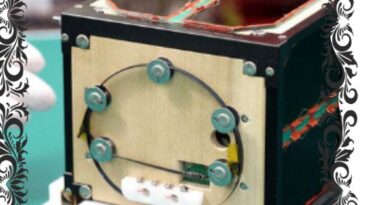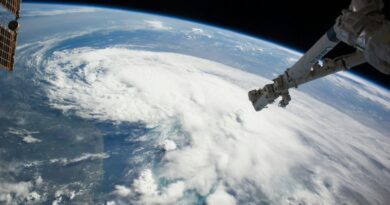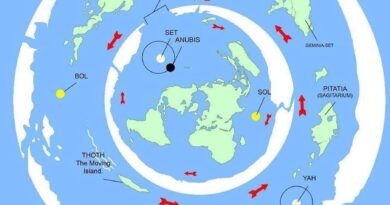‘Mad’ Mike Hughes, who wanted to prove the flat-Earth theory, dies in homemade-rocket disaster

Hughes, a self-styled daredevil, flat-Earth theorist and limousine-jumping stuntman, died Saturday when his crudely built contraption propelled him on a column of steam, spiraled through the air and cratered into the sagebrush outside Barstow, Calif. He was 64.
“Everyone was just stunned and didn’t know what to do,” he told The Washington Post on Sunday. “They were silent for a long time.”
Hughes’s support team went to inspect the crash site about a half mile away, Chapman said, and returned with the harrowing news: Hughes was dead, the rocket had pancaked, and the other three parachutes never deployed.
Stakes declined to say what he thinks went wrong. Hughes had at least one successful launch, in which he was strapped to a rocket bearing the words “FLAT EARTH.”
“It’s a daredevil thing,” Stakes said in a short phone interview with The Post on Sunday, describing the danger and Hughes’s experience building seven rockets. “He was one of the smartest guys I’ve ever met.”
The rockets he had ridden are not designed to reach space; Hughes’s goal was to ride past the 5,000 foot mark on Saturday. But his previous launches were an apparent step toward his ultimate vehicle.
It was a tragic end for Hughes, perhaps the most visible and colorful advocate of the theory that Earth isn’t a sapphire-and-emerald globe revolving around a massive star but rather a flat plane with a tiny sun above it. While there is no one hypothesis for what the flat Earth is supposed to look like, many believers envision a flat disk ringed by sea ice, which naturally holds the oceans in.
He dedicated the past several years of his life to proving the theory from a high perch — an ambitious goal that began in the front seat of a limousine.
That interest sparked communication between Hughes and the Federal Aviation Administration sometime around 2010, said James Van Laak, who was then a senior official in the agency’s Office of Commercial Space Transportation.
The two struck up an odd-couple, phone-based friendship, with Hughes as the swaggering stuntman paranoid of the federal government and Van Laak the fed trying to help him find a way to legally launch the rocket, he told The Post on Sunday.
After Van Laak met with the FAA’s general counsel, the agency determined that it wasn’t quite a rocket launch by definition, since a ramp would be the main propulsion system. That helped avoid complicated safety reviews, and Hughes agreed to keep local safety officials in the loop, Van Laak said.
They last spoke in 2012, he said. Two years later, Hughes flew a quarter-mile over Winkelman, Ariz., in a flight that ended with Hughes being dragged from the remains of the rocket. He watched another daredevil make the Snake River Canyon jump in 2016.
But whether the planet is a flat plane, or a globe, is something he openly wrestled with, telling CBS News that he was both confident in what he would find but open to other ideas.
Hughes recently signed on with the Science Channel to document his project on the television program “Homemade Astronauts,” the channel, which is part of Discovery, said in a statement.
“Our thoughts and prayers go out to his family and friends during this difficult time. It was always his dream to do this launch, and Science Channel was there to chronicle his journey,” the Science Channel said.
But a spokeswoman for the network wouldn’t say whether producers asked Hughes to rein in his flat-Earth commentary for a channel that has science in its name — and, at least theoretically, would want to assure viewers that Earth is, in fact, round.
In a promo video posted on Discovery’s website ahead of the launch, Hughes does not mention his beliefs when he explains why he embarked on his now-tragic mission.
“It’s to convince people they can do things extraordinary with their lives,” he said. “Maybe it pushes people to do things they wouldn’t normally do with their lives that will maybe inspire someone else.”
Then Hughes expressed optimism about the takeoff.
“We look forward to Saturday,” he said.
Avi Selk contributed to this report, which has been updated.
Read more:
*** This article has been archived for your research. The original version from The Washington Post can be found here ***


